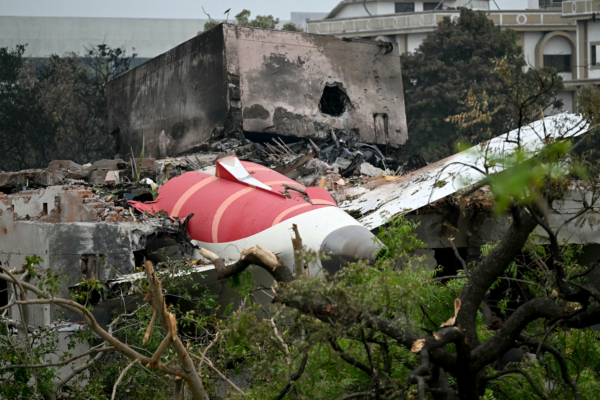The Federal Aviation Administration (FAA) of the United States notified civil aviation agencies around the world on Friday (July 11) that the fuel control switches on Boeing aircraft, including the fuel switch lock on the 787 Dreamliner involved in a crash in India in June, do not affect flight safety.
After the FAA issued the notification, the Air Accident Investigation Bureau of India (AAIB) released a preliminary report on the crash the following day. The investigation found that shortly after takeoff on June 12, the engines of Indian Airlines Flight 171 briefly shut off, as the fuel supply control switches for the engines were switched from the “run” position to the “cut-off” position, resulting in a loss of thrust for the aircraft.
AAIB stated that in 2018, the FAA issued a notice advising airlines to check the fuel switch lock devices on multiple Boeing models (including the 787 Dreamliner operating Flight 171) to ensure that the switches do not accidentally move without pilot intervention; however, the investigation revealed that Indian Airlines did not perform the recommended check on the switch, and cockpit recordings showed pilots questioning each other about cutting off fuel.
In the cockpit voice recordings, the two pilots confirmed with each other regarding the fuel switch being cutoff, with one asking the other if they had cut off the switch, and the other denying such operation.
The FAA pointed out in the notification that the 2018 notice was issued due to reports indicating that the locking function of the fuel control switches on certain Boeing aircraft was not functioning properly; “Although the fuel control switch design of multiple Boeing aircraft models, including the locking function, is quite similar, the FAA believes that this issue does not pose a safety hazard and does not require airworthiness directives to be issued for any Boeing model, including the 787, for mandatory improvements.”
The FAA stated that it will continue to share relevant information with foreign civil aviation authorities.
Indian Airlines Flight 171 was originally scheduled to fly from Ahmedabad to London Gatwick Airport but crashed near a medical college less than 40 seconds after takeoff, resulting in 260 fatalities, making it the deadliest aviation disaster in 11 years globally.
The latest preliminary investigation shows that both engines of the aircraft shut off simultaneously shortly after takeoff, and the cockpit voice recordings have made the cause of this crash even more perplexing.
Indian Airlines indicated that since the 2018 notice issued by the FAA was advisory in nature and not mandatory, they did not carry out the recommended checks. However, maintenance records show that the throttle control module (including the fuel switch) of the aircraft involved in the accident was replaced in 2019 and 2023. The report also noted that the aircraft and its engines met all relevant airworthiness requirements and maintenance directives.

